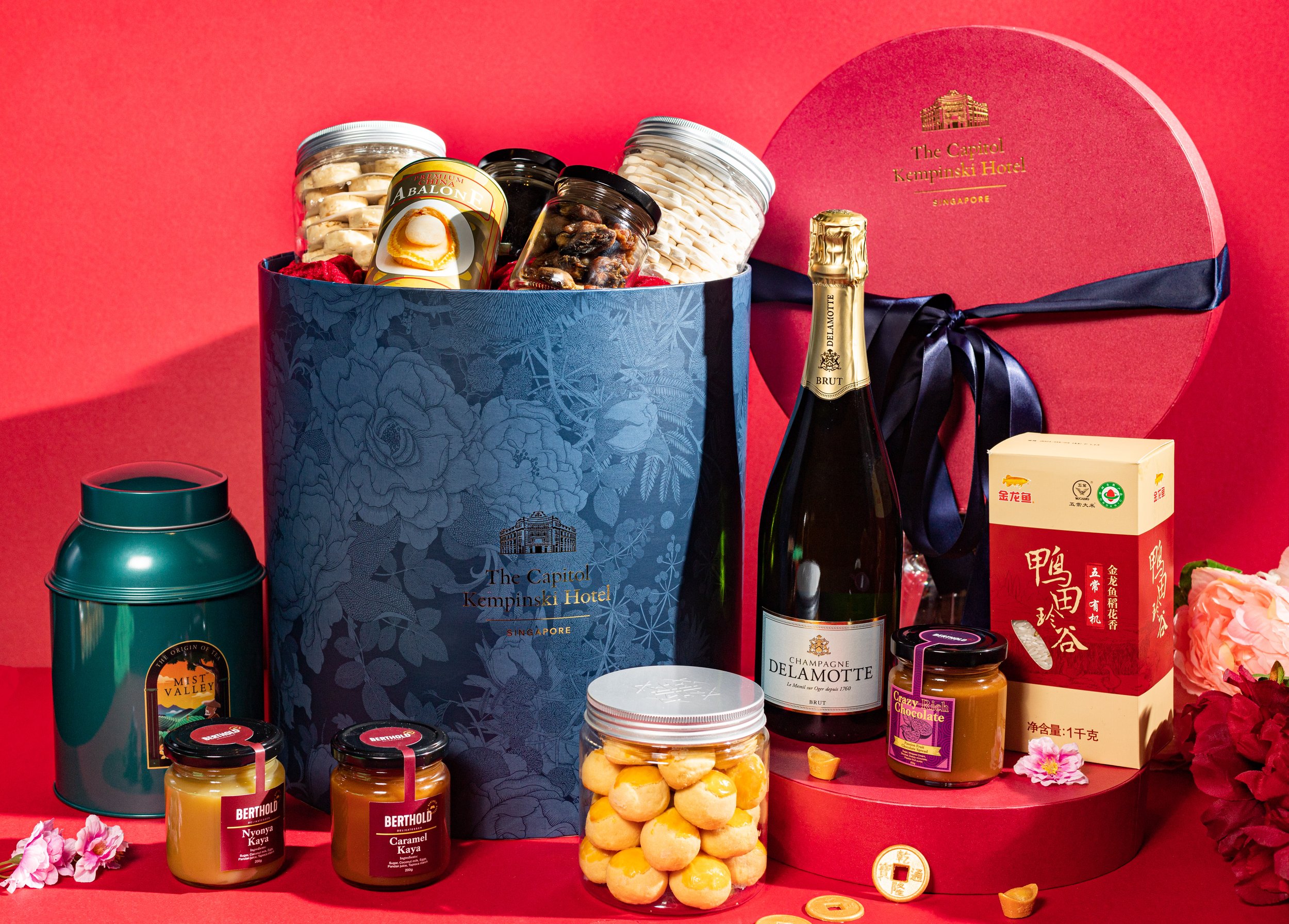Food photography can be broken down into three main categories: stills, motion, and interactive. Each one has its own specialized techniques and equipment that must be mastered for optimum results.
Still, food photography is the process of capturing an image of food in still forms, such as a photographed fruit or vegetable. Motion food photography captures the movement of food in real-time. You can also get more information about food photography via https://freysohphotography.com/food-beverage-photos/food.

This can include photographing a chef cooking or a dish being served at a restaurant. Interactive food photography takes advantage of technology to create engaging images that allow the viewer to participate in the creation of the photograph, such as by selecting ingredients to cook or order from a menu.
To create great food photos, you need to have a good understanding of both light and composition. When shooting stills, try to use natural light as much as possible.
This will give your photos a natural look and avoid having to use heavy lighting that can make your subjects look artificial.
Food photography can be an incredibly rewarding and fun medium to work in, but it takes a lot of preparation and skill to be successful. Follow this workflow to help you become a professional food photographer!
Top Tips for Getting Started in Food Photography
Food photography can be a great way to capture the beauty and flavor of food. However, it can be intimidating to start out. In this article, we will share some tips to help you get started.
1. Set realistic goals. Food photography is a great way to showcase your cooking skills and creativity, but it is not easy. Do not try to take on too much too soon. Start by aiming for simple shots that show the beauty and flavor of your dishes. As you become more advanced, you can try more complex shots and styles.
2. Get organized. Before you shoot any food, make sure that everything is set up in advance. This includes preparing your dishes, setting up your camera settings, and creating an effective lighting plan.
3. Use natural light whenever possible. Unless you are shooting in a controlled environment (such as a studio), use natural light whenever possible.